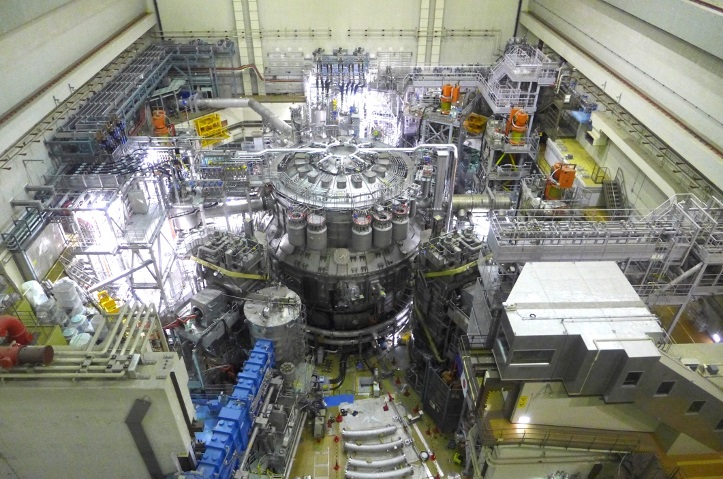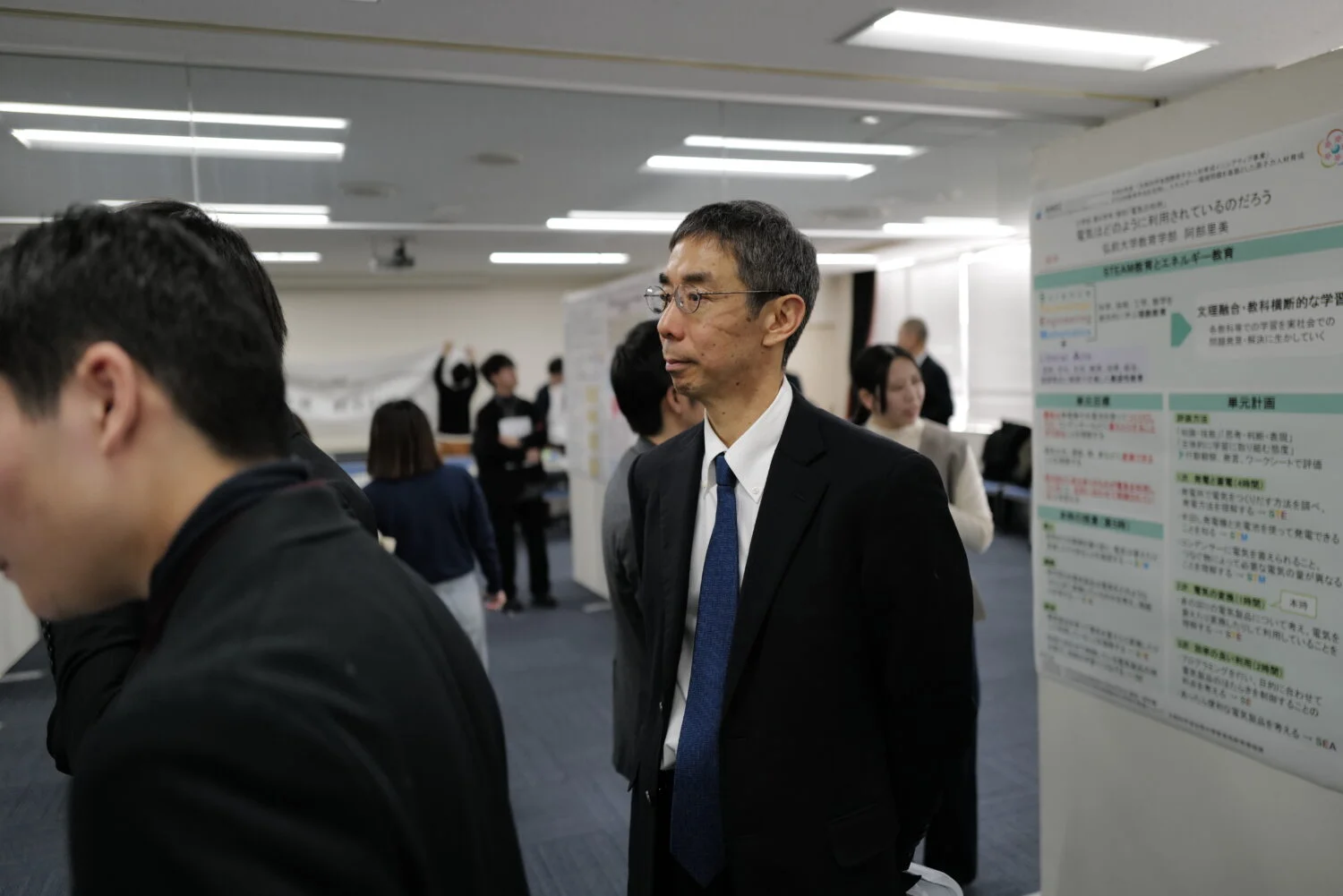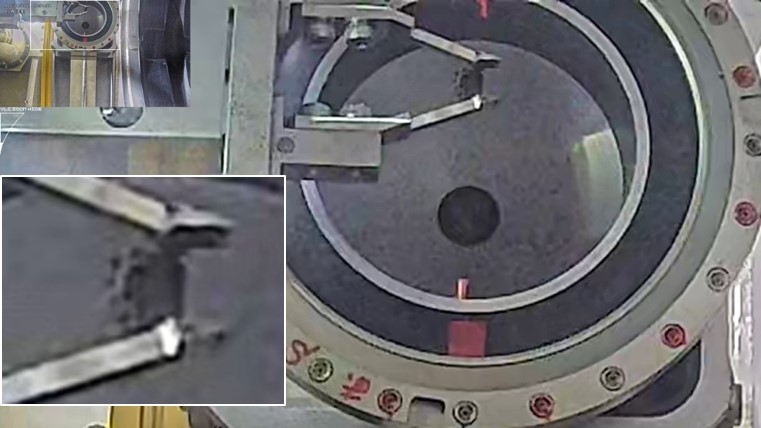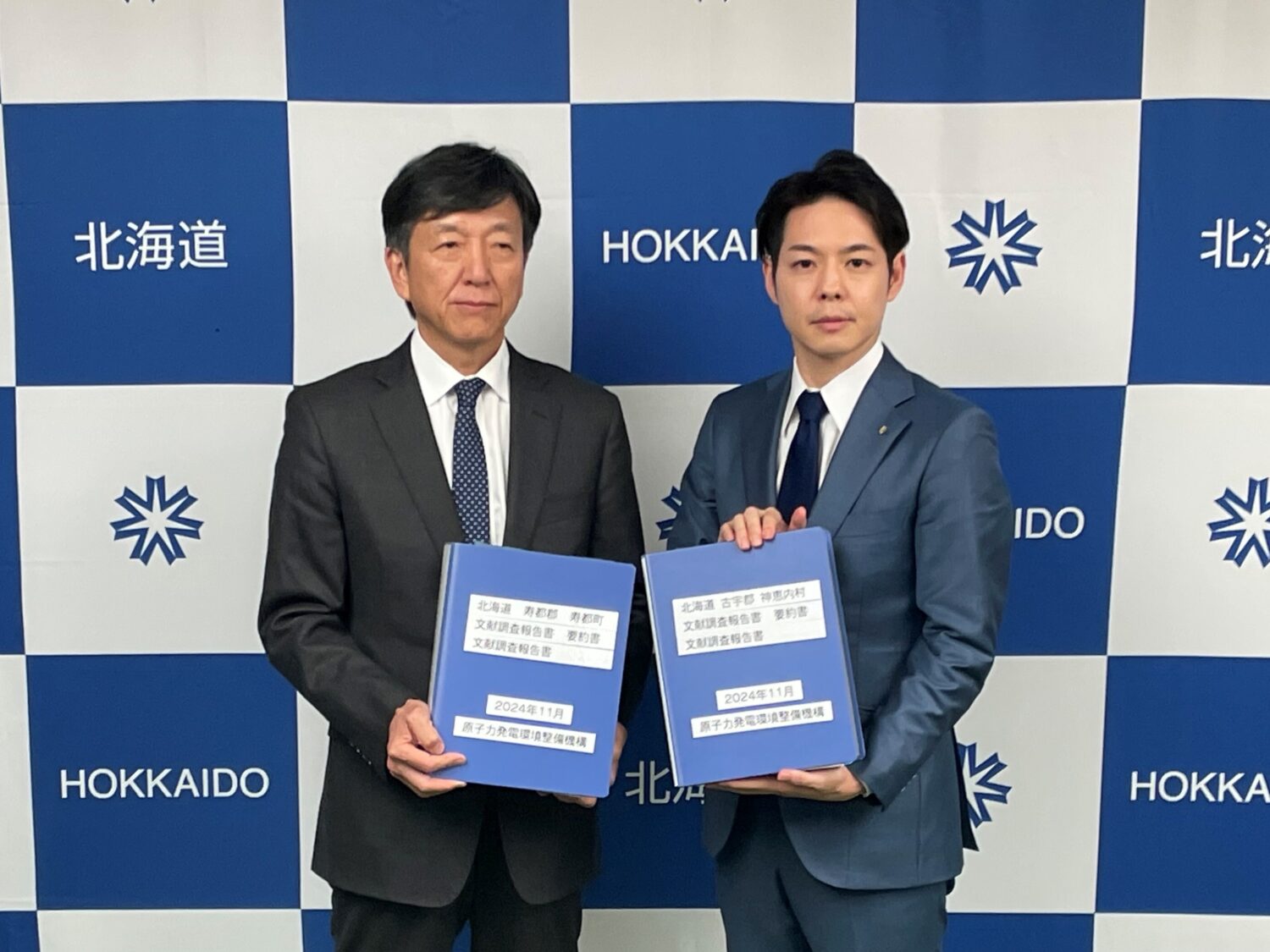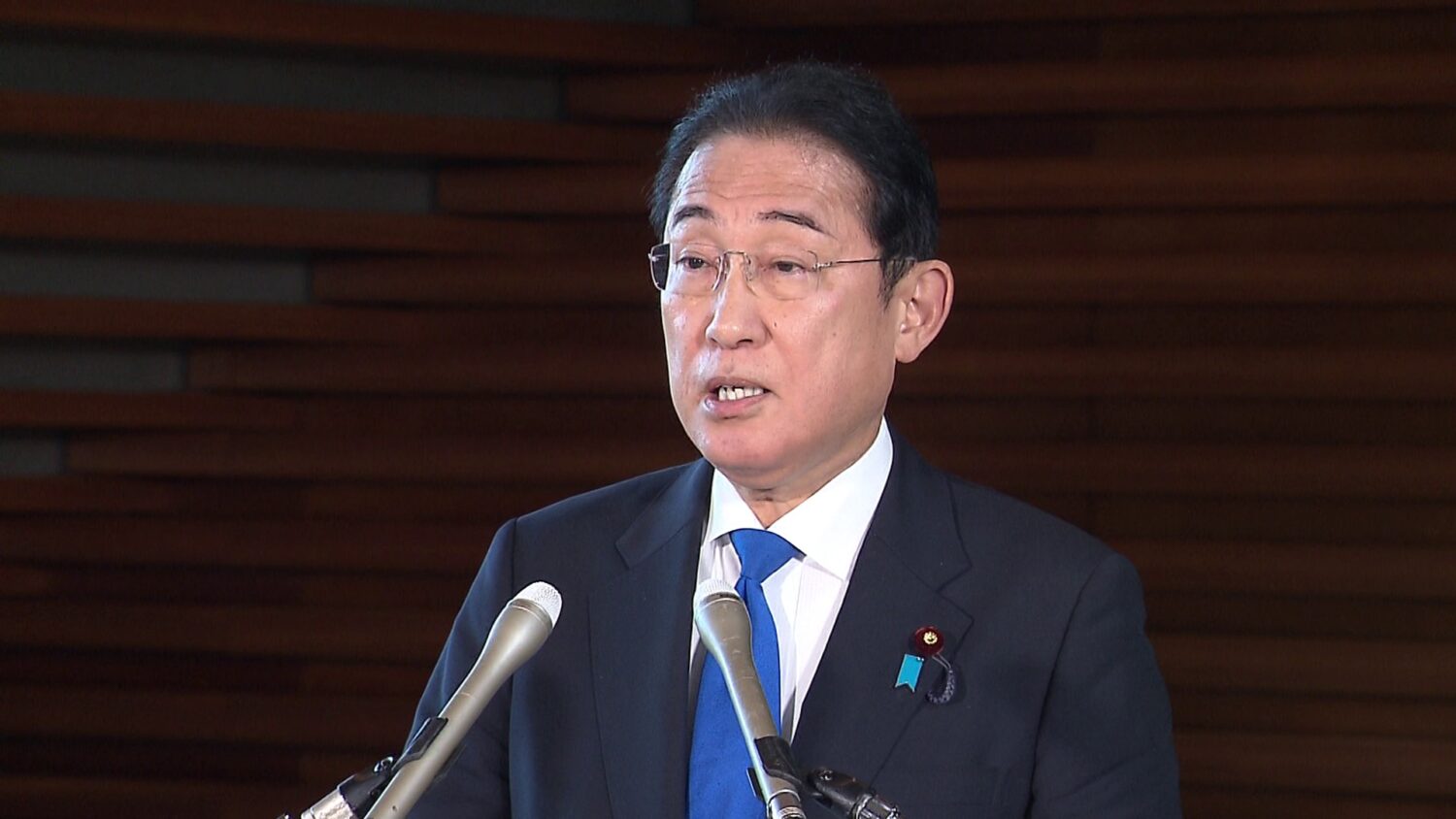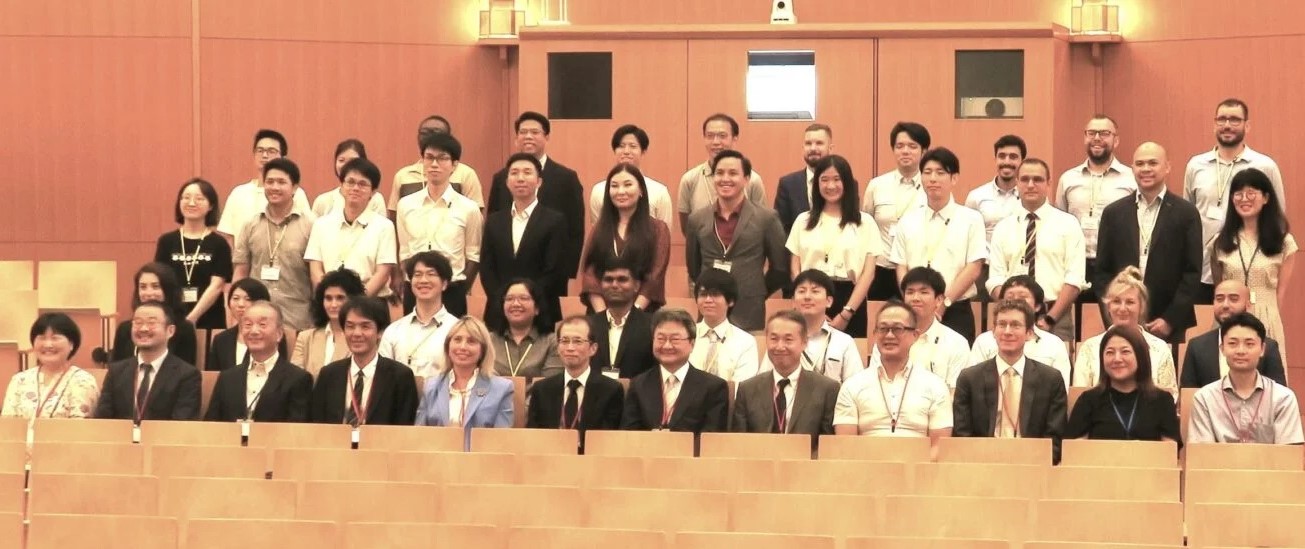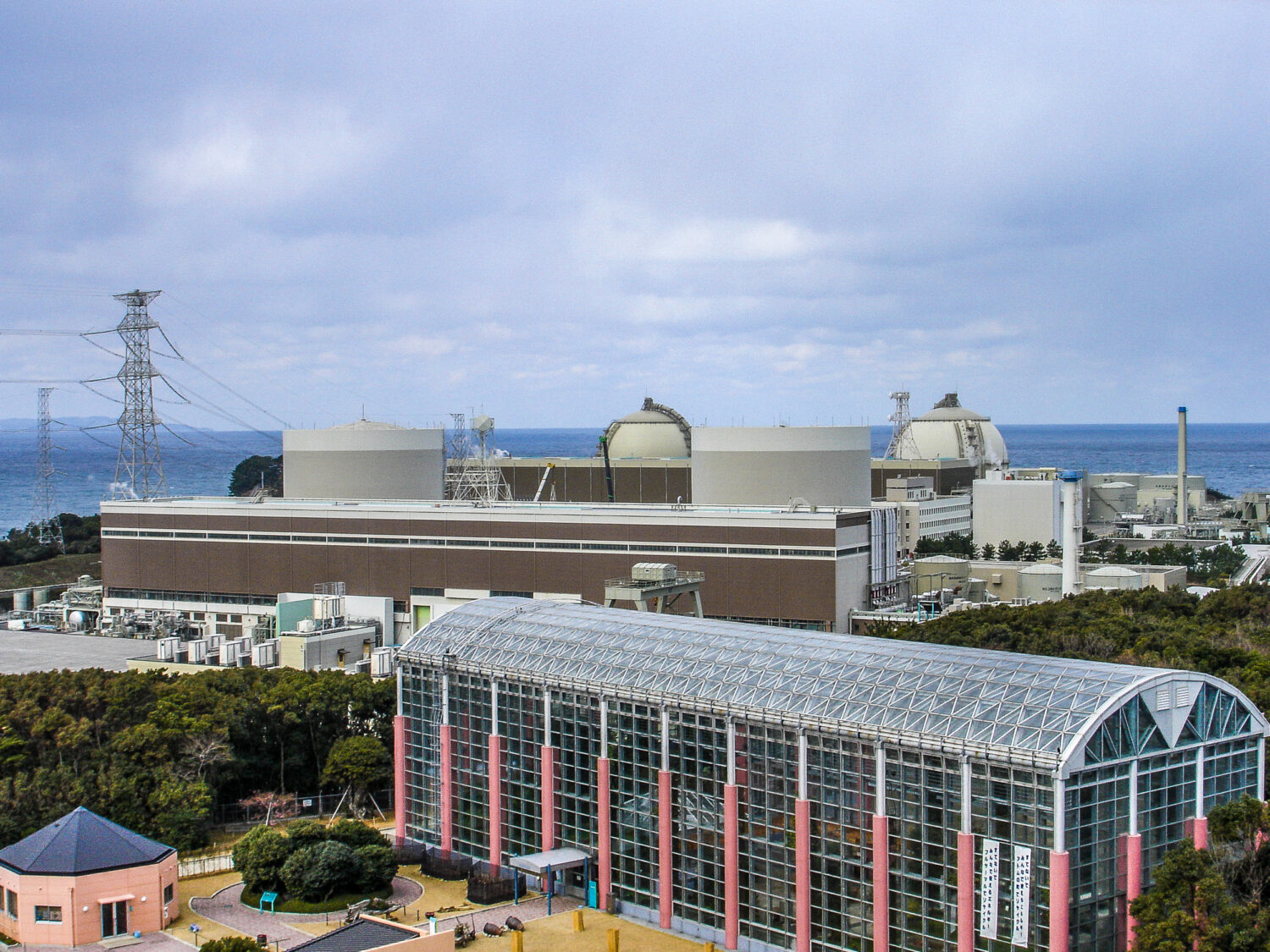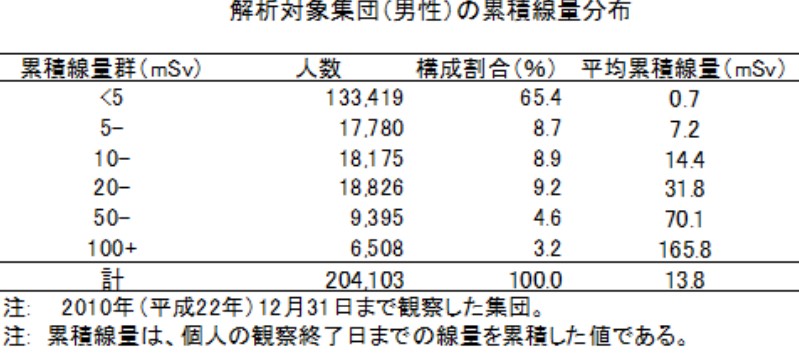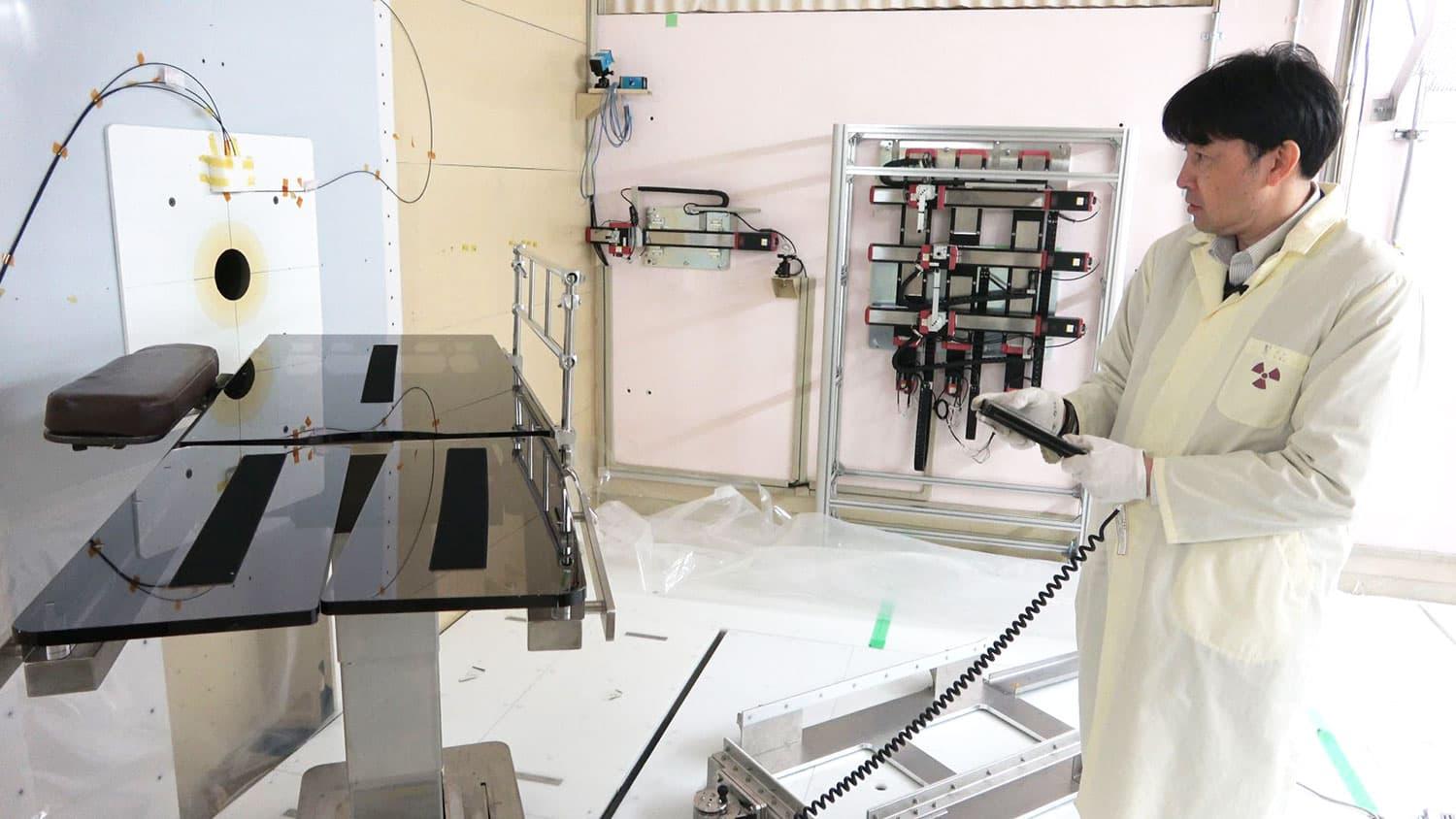AMRs use elements other than light water, such as gaseous helium, as coolants. The British program aims to demonstrate a high-temperature gas-cooled reactor (HTGR) by the early 2030s. In December 2021, BEIS officially selected an HTGR as the intended AMR technology, and assumed a three-step approach in the development program as follows:
- Phase A, in and after 2022
- Phase B (basic design investigations as the basis for a detailed design), in and after 2023
- Phase C (activities for obtaining site and operations permits and licenses), in 2025 and thereafter
In Phase A, support of up to GBP2.5 million in total will be provided in the two areas of nuclear reactor demonstration and fuel demonstration. Activities will include drawing up an HTGR demonstration reactor concept, identifying R&D issues, and addressing feasibilities.
When BEIS first issued a public invitation in April 2022 for parties to implement Phase A, JAEA applied at the request of NNL, with which it maintains a cooperative relationship in HTGR technology. Being selected as an implementing party and participant in the program is an opportunity for JAEA to strengthen its international cooperation efforts and upgrade the HTGR technology that it has already accumulated through the construction and operation, in Japan, of its High-Temperature Engineering Test Reactor (HTTR), together with demonstrations in the UK.
The HTTR, which cleared safety examinations under the new nuclear regulatory standards by Japan’s Nuclear Regulation Authority (NRA), resumed operation in July 2021. Major domestic manufacturers have accumulated experience in design, construction and operation through the test reactor. Technological capabilities of supply chain companies in the country have been effectively used to secure structural materials, along with metals usable at the world’s highest temperatures (950 degree C), ceramic fuel cladding with high degrees of containment (approximately triple the burn-up fraction of light water reactors), and graphite materials featuring high levels of strength, temperature conductivity, and resistance to irradiation damage.
On September 6, at a press conference conducted after a Cabinet meeting held earlier the same day, NISHIMURA Yasutoshi, head of Japan’s Ministry of Economy, Trade and Industry (METI), referred to JAEA’s announcement along with the section of the government’s Sixth Strategic Energy Plan calling for the collaborative participation in nuclear development projects overseas by domestic companies with proven manufacturing capabilities.
The minister mentioned the latter in light of the Green Growth Strategy Through Achieving Carbon Neutrality by 2050 (issued in June 2021). Citing the strong reputation of Japan’s high-temperature gas-cooled technology, he also emphasized that the government would apply the results of international cooperation to promote R&D on advanced reactors as well as the development of human resources in the country.


